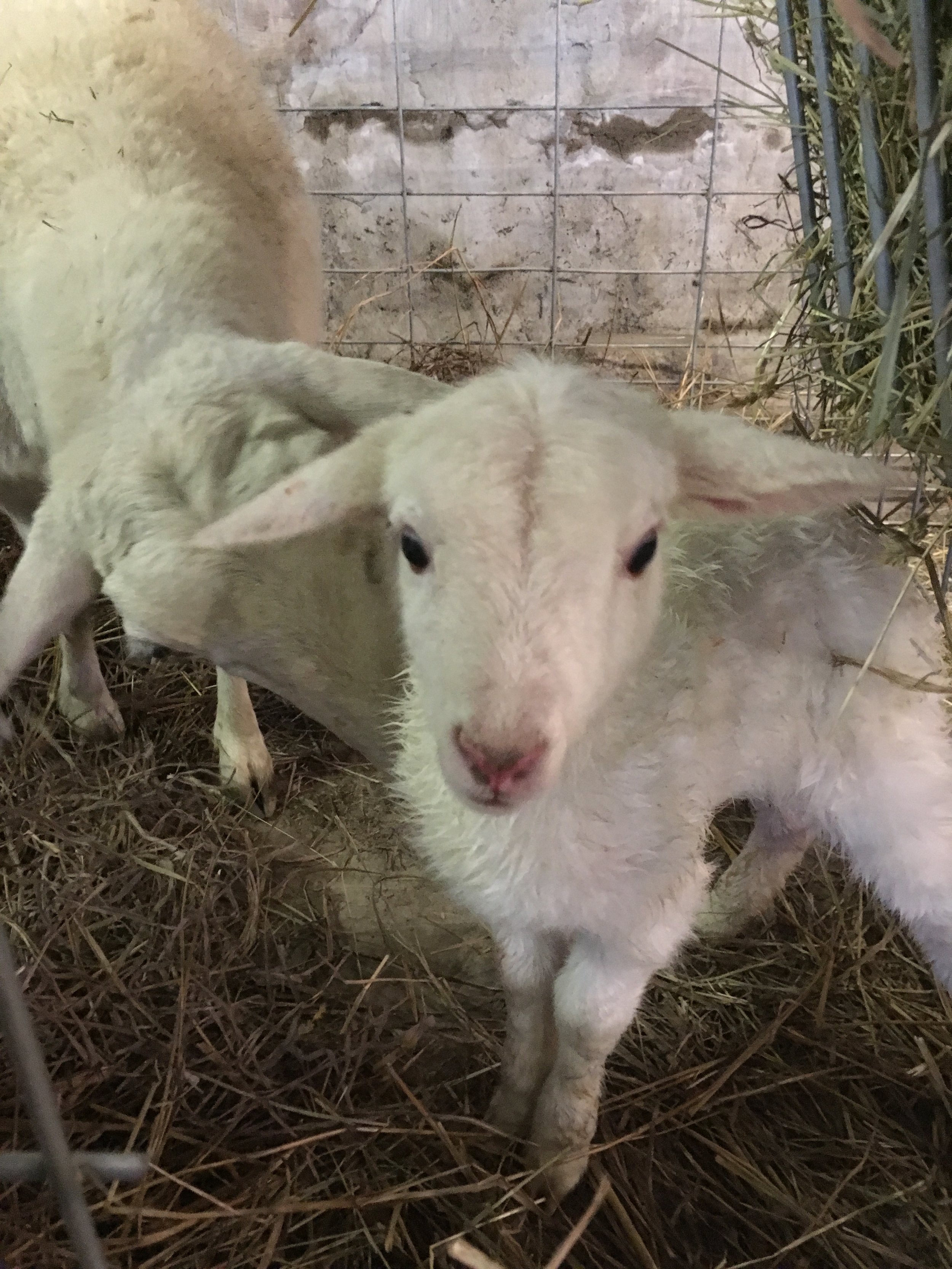When you order a half or whole lamb, the meat is cut up at a custom butcher shop. You, the customer, get to fill in your own cutting order so your freezer will be filled with the cuts and package sizes that most meet your needs.
To plan my cutting order I think about what happens at our own table.
What are we already eating? Chances are you can use lamb in any recipe you already enjoy.
How do we already cook? Lamb adapts to grilling, quick sautéing, slow cooking and roasting.
Who is sharing our table? Meat cuts can be sized to serve the small household or a large group celebration.
A few preliminary thoughts:
Every part of a lamb can be ground and left plain or mixed with spices and turned into sausage. At the butcher shops I have worked with, the sausage can be packaged loose or stuffed into a sausage casing. Even if you have most of the lamb cut into roasts, chops and cubes, the trimmings will be packaged as ground.
If you order your roasts with the “bone-in”, you can use the bones for flavorful broth. If you wish, the butcher will save the removed bones for you too.
Shanks - Bottom of the legs.
Because of the work the legs have done, this cut is best if slow cooked. I usually order 4 shanks to a package so we have leftovers.
Leg of lamb
These roasts are the centerpiece of a meal, they can be left whole or split, depending on the size of the occasion. Like beef, I season, quick sear and roast in a low oven. I usually keep the legs whole so we have leftovers for sandwiches, salads, and stir fries.
I also had a leg of lamb brined and smoked, like pork, to give us “lamb ham”.
With a youtube video as a guide, I have boned the leg, rolled it with spices and tied it for roasting. The butcher can bone it for you.
Sliced leg of lamb cooks a lot like a ham steak and can be quickly seared.
Loin
The loin can be left whole as a roast or cut up into chops. I usually have the loin cut into chops so we grill or sauté them.
Tenderloin and Backstrap
These cuts are very tender will work like the tenderloin from a beef, but they will be significantly smaller.
Breast
Although I have never ordered this cut, the butcher can offer it boned and rolled.
Rib
This is where you find the chops or rib roast. If you select chops, you will to choose your thickness; we order a heavy 1.25”. Although I never have had the ribs “Frenched”, the butcher can trim and clean the ends of the ribs for this presentation.
Shoulder
Portioned into roasts (bone-in or boned) or cubed, the shoulder meat becomes very tender with slow cooking.
Neck
Steaks or left whole, the neck is flavorful and tender with slow cooking.
Organ meat
I have not cooked the organs for our consumption, but our dogs, cats and chickens have enjoyed them
Don’t let filling in the cutting order deter you from ordering and enjoying lamb from Lilac Hill Farm. I love talking about food, especially our lamb and mutton, so I will be more than happy to walk you though the cutting order.
Please contact Lilac Hill Farm to preorder your fall lamb.

























